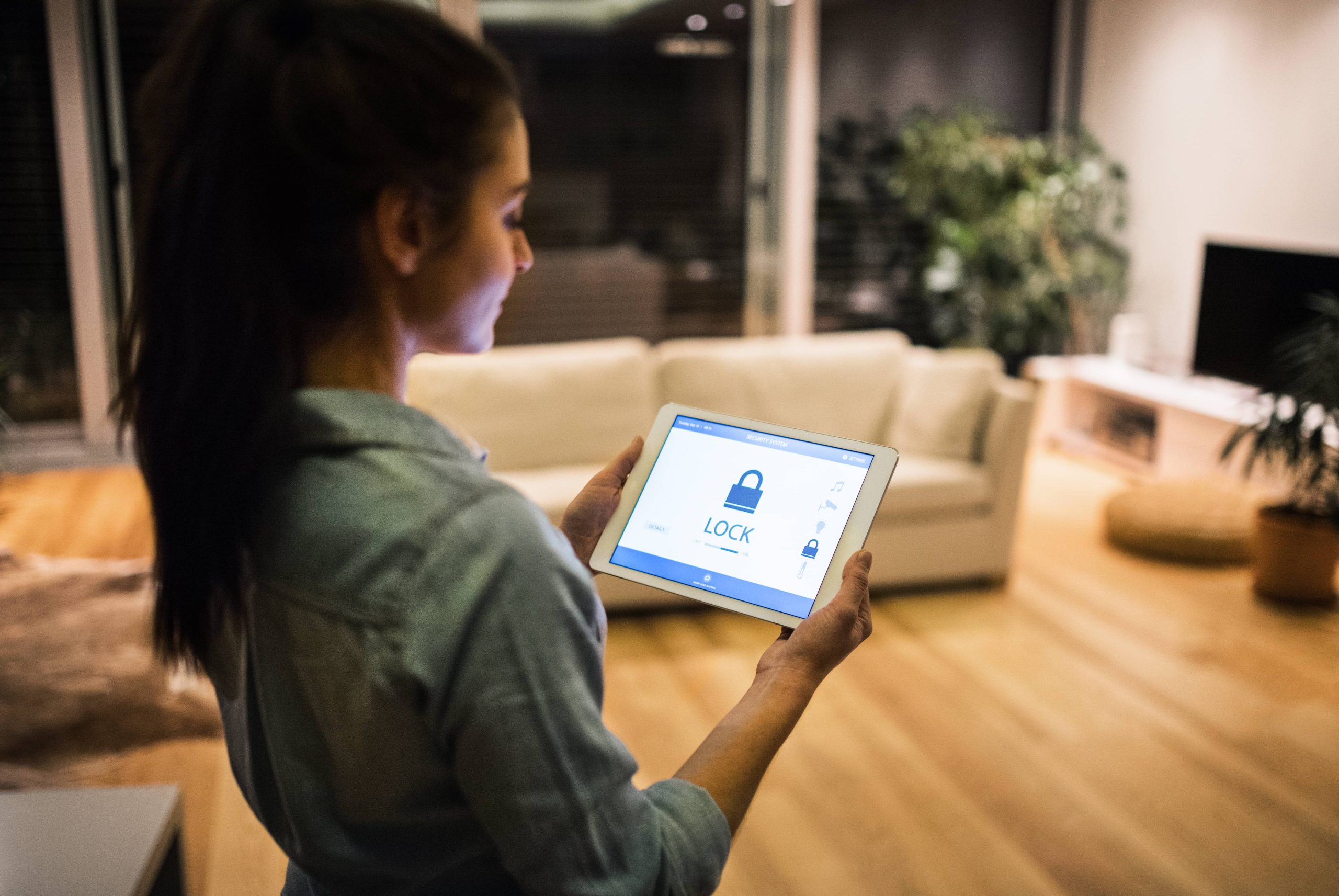
The convenience of smart home technology has made our lives undeniably easier. From smart thermostats that learn your preferred temperature to security cameras that send live feeds to your smartphone, the integration of technology in our homes is both innovative and beneficial. However, as the interconnectivity within our homes increases, so does the potential for security breaches. “Smart Home Hacks” are no longer a futuristic concern but a present reality. Keeping your data safe in this era of advanced technology requires vigilance and knowledge about potential risks and effective strategies for mitigation.
Understanding the Risks
Smart home devices, much like any internet-connected gadgets, are susceptible to various types of cybersecurity threats. Hackers can exploit vulnerabilities in these devices to gain unauthorized access to your network, steal personal information, or even control your devices. Common methods include exploiting weak passwords, taking advantage of outdated software, and leveraging unsecured Wi-Fi networks.
A major concern is that many smart home devices focus predominantly on functionality rather than robust security features, making them more vulnerable to attacks. Devices like smart bulbs, fridges, and even coffee makers may not seem like obvious targets, but they are often entry points for more severe network intrusions once compromised.
Preventive Measures to Protect Your Smart Home
1. Secure Your Wi-Fi Network
Your Wi-Fi network is the gateway to all your internet-connected devices. To safeguard it:
– Change the default SSID (Service Set Identifier) to something unique that doesn’t reveal the make or model of your router.
– Use a strong, complex password that includes a mix of letters, numbers, and symbols.
– Enable WPA3 encryption, the latest and most secure wireless encryption standard.
– Hide your Wi-Fi network name if your router supports this feature.
2. Utilize Strong, Unique Passwords
For every smart device, website, and online service, use different and complex passwords. Password managers can help by generating and storing these passwords securely. A strong password should be at least 12 characters with a combination of upper and lower case letters, numbers, and special characters.
3. Enable Two-Factor Authentication (2FA)
Wherever possible, enable two-factor authentication on your smart home devices and associated accounts. This adds an extra layer of security by requiring not just a password but also a second form of verification, such as a text message, email, or an authentication app.
4. Keep Your Devices and Software Updated
Regularly updating the firmware on your smart devices ensures you have the latest security patches. Manufacturers frequently release these updates to address security vulnerabilities. Set your devices to update automatically, if possible.
5. Segment Your Wi-Fi Network
Create a separate network for your smart home devices. This prevents hackers from accessing your primary devices, like computers and smartphones, by exploiting the vulnerabilities of your less secure gadgets.
6. Disable Features You Don’t Use
Many smart devices come with a plethora of features, some of which you might never use. Disabling unnecessary features reduces potential entry points for hackers. Features such as remote access or UPnP (Universal Plug and Play) are commonly exploited by attackers.
7. Monitor Your Network
Regularly monitoring your network for unusual activity can help you detect possible intrusions early. Several security apps and services can alert you if unfamiliar devices connect to your network.
8. Educate Yourself and Your Household
Awareness is critical in preventing security breaches. Ensure that every household member understands the importance of following security practices. Regularly updating everyone about new threats and protection measures will help maintain a secure home environment.
Privacy Concerns with Smart Home Devices
Beyond hacking, privacy is another significant concern related to smart home devices. Many of these devices collect vast amounts of data about your behavior, preferences, and routines. While this data is typically used to enhance your experience, it can be misused if not properly protected.
Essential Privacy Practices
1. Read Privacy Policies
Before purchasing or using a smart device, read through its privacy policy. Ensure that the company follows good practices and doesn’t excessively share your data with third parties.
2. Limit Data Sharing
Adjust the privacy settings on your devices to limit data collection to only what is necessary for their operation. Many devices offer options to opt-out of certain types of data collection.
3. Review App Permissions Regularly
Regularly review the permissions granted to different apps on your smartphone and other devices. Revoke any permissions that are not critical to the app’s function.
4. Use Secure and Trusted Apps
Download apps from trusted sources, and avoid third-party apps that could be potential carriers of malware aiming to steal your data or compromise your devices.
Conclusion
The expansion of smart home technology undeniably brings a new level of comfort and efficiency to our homes. However, it also introduces significant cybersecurity and privacy challenges. By implementing strong security practices—securing your Wi-Fi network, using strong passwords, enabling 2FA, keeping devices updated, and more—you can significantly reduce your risk of smart home hacks. Additionally, being mindful of privacy settings and company policies ensures that your data remains secure. Stay vigilant and proactive to enjoy the benefits of a smart home without compromising your security and privacy.







